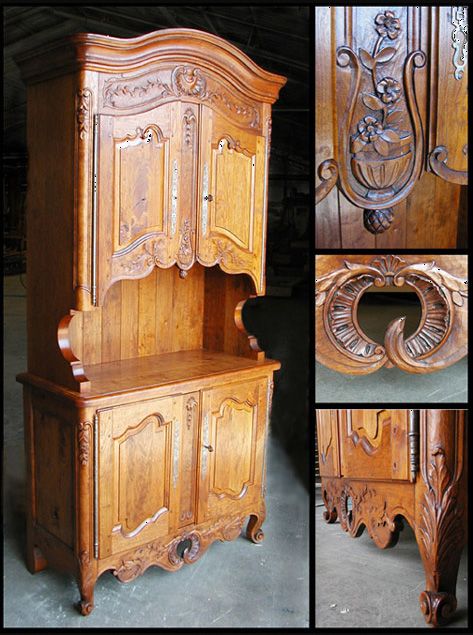Question
I am the owner of a custom furniture company. Several years ago I responded to a customer's request to build a harvest table with old and wide pine boards for the top. Last week I was in the customer's home and they directed my attention to this table. It had some type of insect (beetle with occasional snapping sound) in the old wood. What is the best and simplest method for dealing with this situation?
Forum Responses
(WOODnetWORK Forum)
From contributor H:
Have you actually seen one of these critters? Using old wide boards, this is what you sometimes get. The occasional snapping noise… Do they keep a stethoscope on the table? Is their hearing capable of echo location? :)
Could it be that the old wide boards are checking further as they acclimate to the home? If they are in fact beetles in the table, then remove it from the home before they find fresh meat. Strip it. Kiln dry the boards and rebuild it. Or just get more of the same old wide boards and kiln them first and build them a new one.
In the urban legend/wood department, I once heard about an ash bed made by a woodworker for himself. He set it up in his bedroom and when he awoke the next morning, enjoying the fruits of his labors, he heard chewing sounds. He realized it was coming from the wood, started looking around and found sawdust on the floor under the headboard. Ash borers were eating his work, and dropping frass out of the bore holes.
Call a fumigator. The liability is a trickier question - the customer's if they specifically asked for or supplied this lumber, yours if you sold it to them, but there will be some gray area.
Forget about a surface treatment such as Bora Care, as that only treats the surface and this insect is inside the wood and may not exit for a long time. Further, anything you use for a table that may have food on it must be 100% safe for food and people.
I suggest you rent a small trailer, put the table in it and then run the temperature up to 130 F (if you can do this without burning the place down). You can add a few wet towels inside to avoid getting it too dry. But even if it is dry, it will not affect the wood too much as you only need to be at this temperature for a few hours (temperature is inside the wood). The heat may melt the adhesive, however. It may melt a wax finish too. In this case, just have the piece fumigated.
Note that the insect does not easily spread. If it leaves the piece, then Ma and Pa have to hook up, breed and then find a place to lay eggs. There are probably only a few beetles in the wood in the first place, so the chances of two getting together is so slight. However, right now they are tunneling through the wood. Incidentally, they only go for softwoods and not the hardwood species.
Incidentally, the borates will not permeate into a species such as white oak or black locust and others. I am also not sure if it will permeate through an existing finish. Although it does not apply in this case, borates will leach out of the wood if the wood is exposed in a wet condition, such as direct rainfall.
